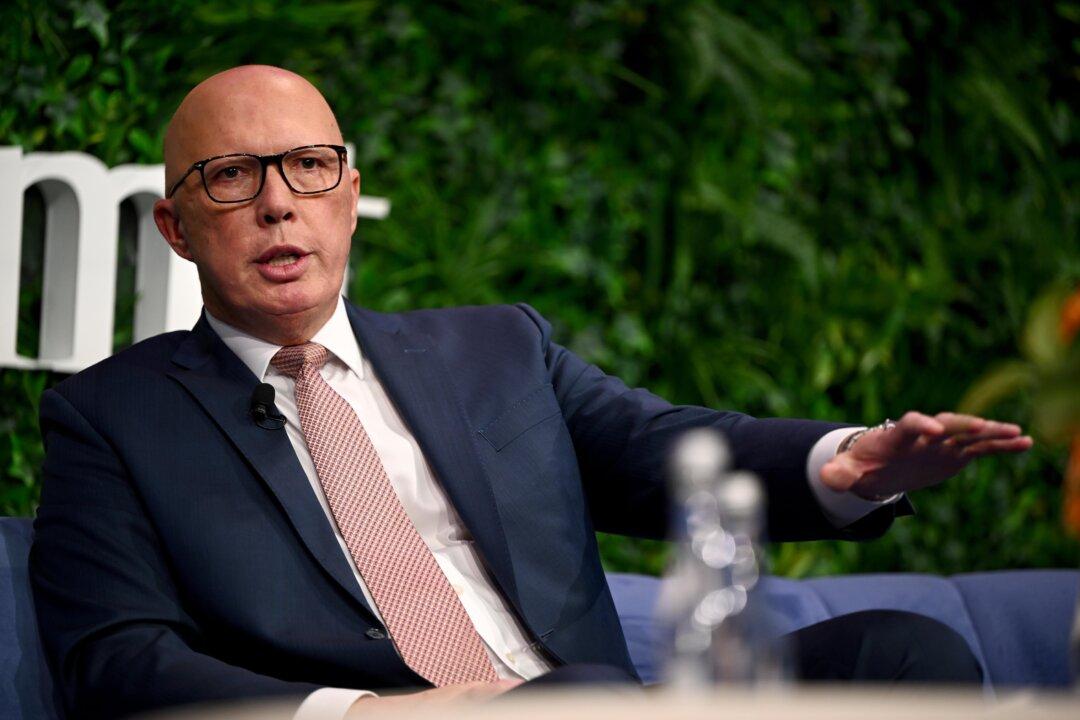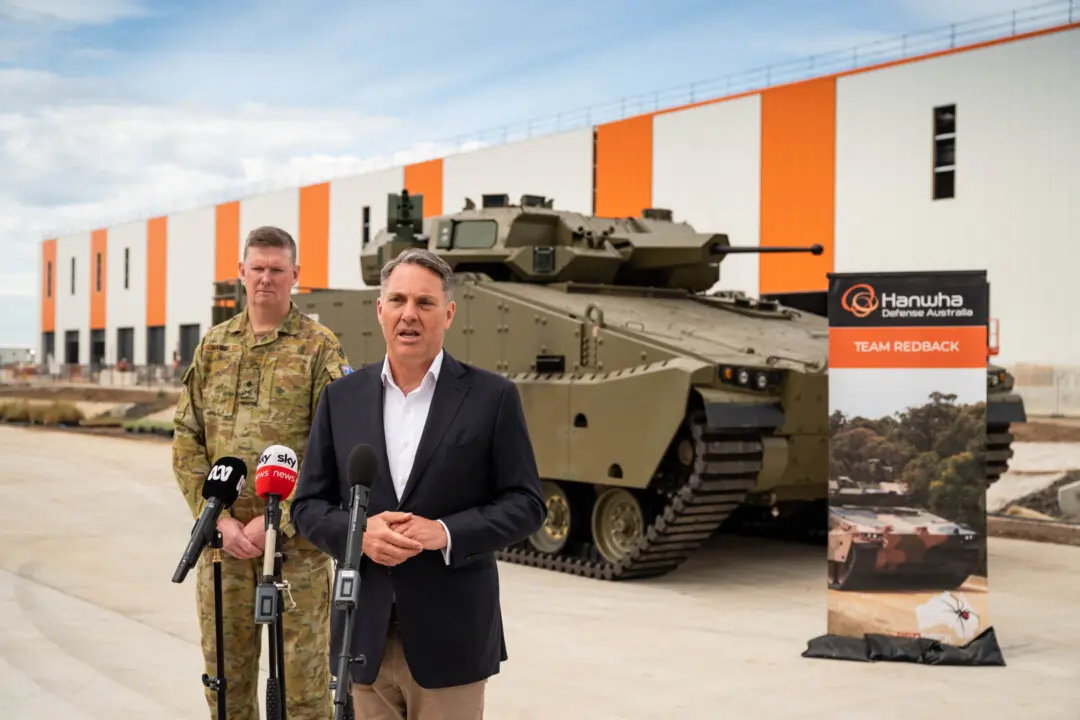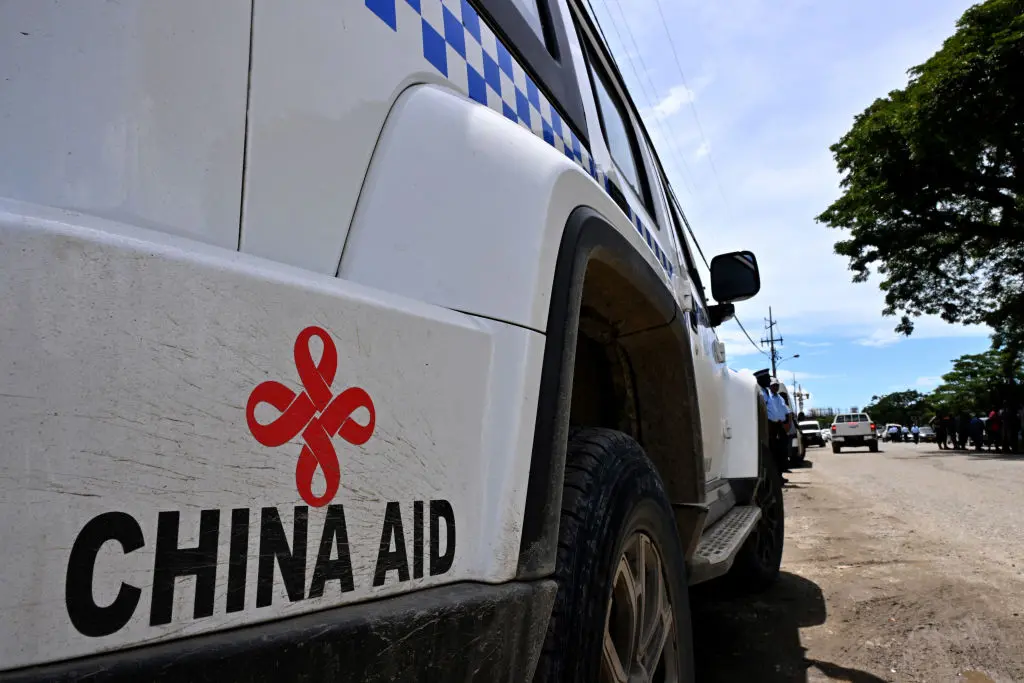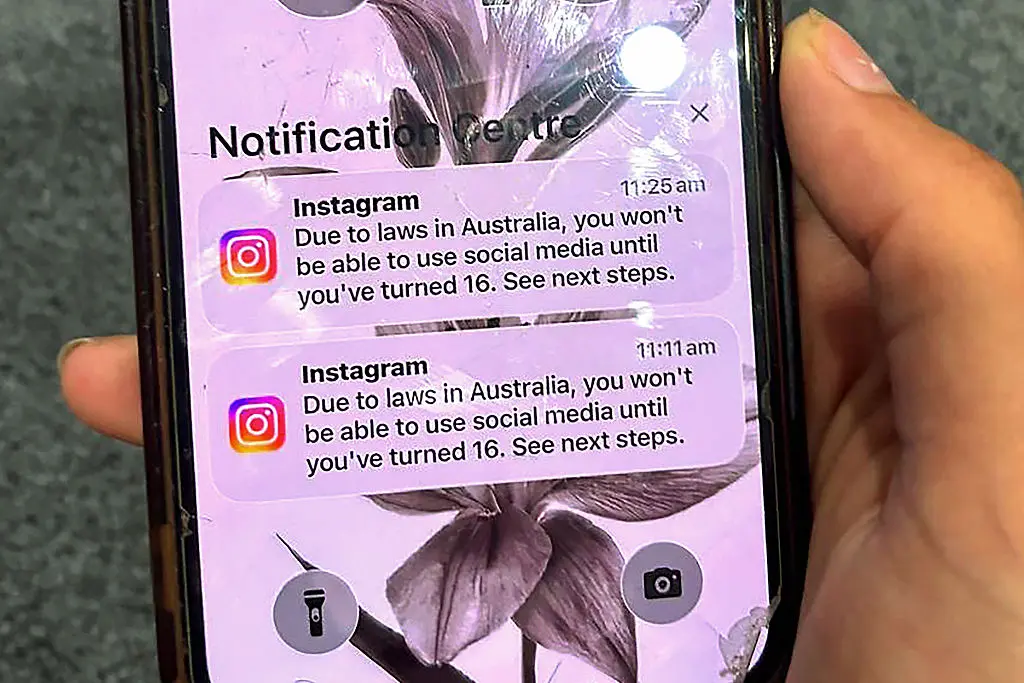Opposition Leader Peter Dutton has confirmed the Coalition’s energy policy—expected to be released ahead of the federal budget in May—will probably include six nuclear plant sites.
While he has yet to name the exact locations, Tasmania has been ruled out as a potential host state. It’s considered likely that the reactors would be built on the sites of old coal stations to take advantage of existing transmission infrastructure.





